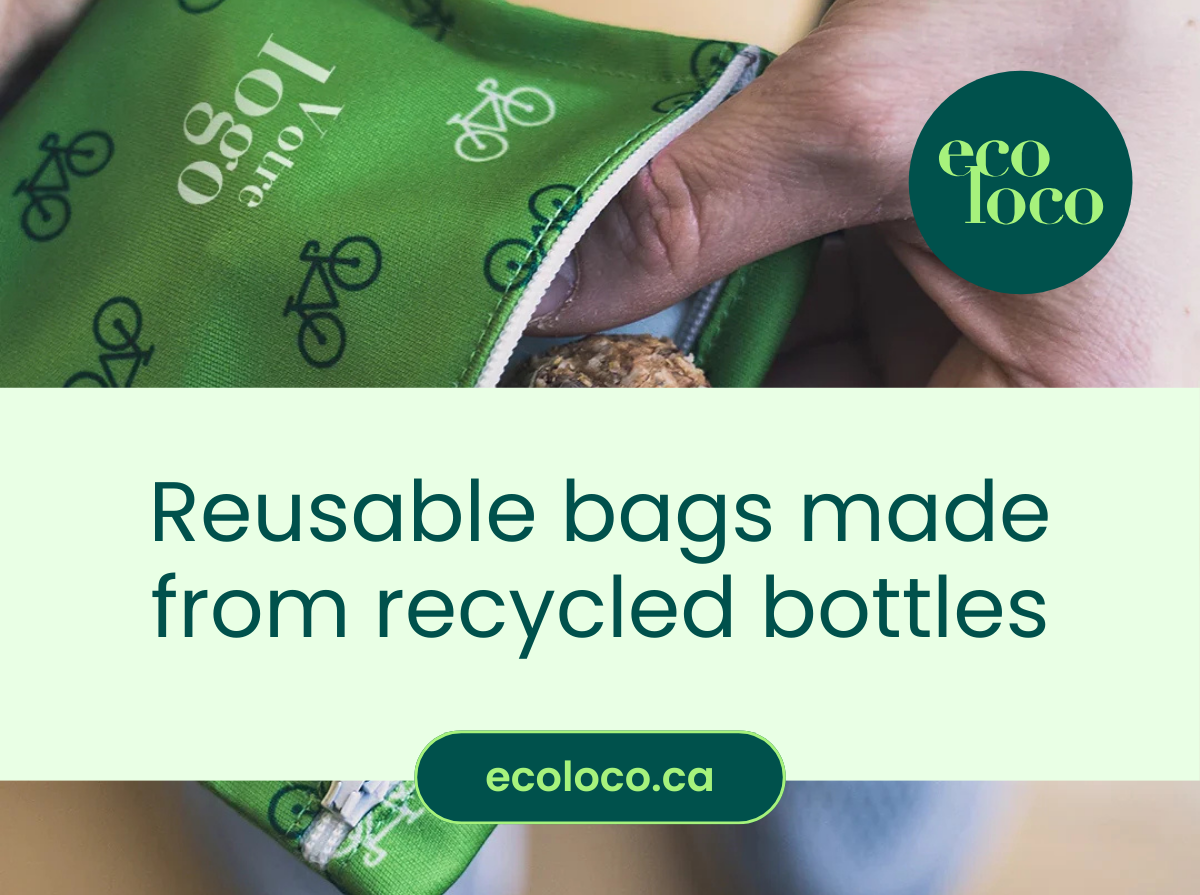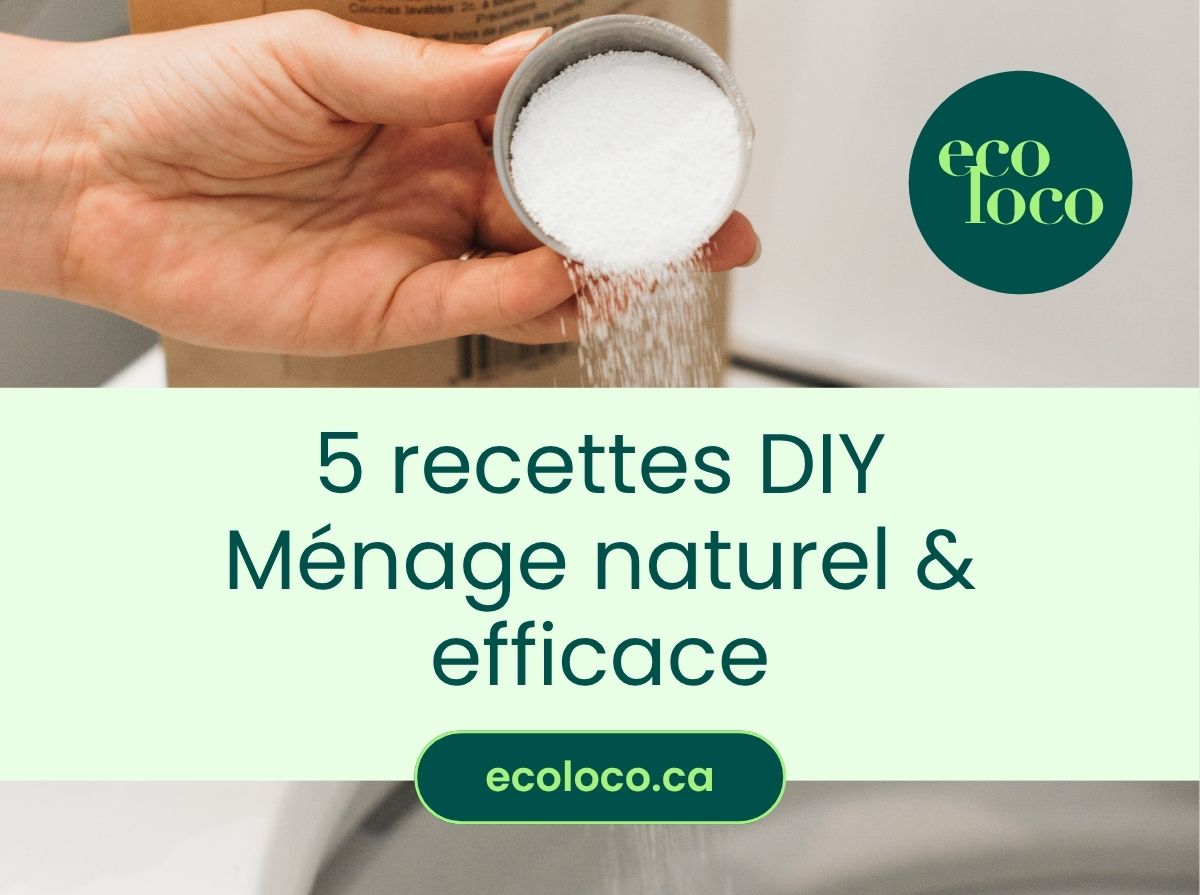
It is increasingly documented: clothing, not only through its design but also through its maintenance, has a major impact on the environment. We can refer to water, energy and cleaning products but the impact goes beyond that.
Among the most popular textiles in clothing, there are a multitude of synthetic fibers such as polyester. We have already taken a critical look at textiles made from recycled plastic and we now know with certainty that these textiles release plastic microparticles into waterways.

In fact, we release 1.5 million tonnes per year of plastic microparticles into the environment and 35% of this quantity comes from clothes washing water.
Why are microparticles so concerning?
It has often been stated that the Amazon rainforest is the lungs of the earth. However, cyanobacteria found in the oceans are also responsible for capturing 10% of the earth's CO2 and 10% of the total oxygen production. This microorganism is a crucial link in the marine food chain and the carbon cycle. The toxic constituents of plastic (dyes and flame retardants for example) not only slow down their growth and photosynthetic activity but kill them.
Microplastics are assimilated by other marine species, causing them injuries and sometimes death. They thus enter the food chain, threatening food security and therefore human health.
What strategies should you adopt?
- Favor natural fibers
As in everything, knowing this, we will avoid purchasing clothing made from synthetic fibers and favor natural fibers such as organic cotton, linen, hemp, Lyocell and bamboo rayon. These textile fibers are petroleum and plastic free.
- Guppyfriend bag

This bag made of synthetic fiber would capture up to 90% of plastic microparticles from washing water. This is simply a bag whose mesh is very fine and prevents microparticles from escaping.
- Cora ball

The designers of this plastic ball were inspired by the functioning of corals for water filtration. According to a scientific study from the University of Toronto , this ball captures up to 26% of the plastic microparticles that are released by washing. Obviously, if all families got this ball, the difference would be significant. But Eco Loco believes we can do even better...
- Filtrol

The Filtro l filter can be installed directly on existing washing machines. It is a water filtration system which alone captures 90% of the plastic microparticles emitted by washing clothes. This is a filter worth approximately $150 that can last for years and be transferred from one washer to another.
- Use your consumer power
Clothes washers do not have a filter effective enough to filter the majority of plastic microparticles released by many synthetic fiber clothes. What if we, as consumers, called the manufacturers to let them know of our desire for such a filter to be integrated?
No magic...
We have to be realistic, the problem of plastic microparticles in the oceans is far from being resolved and clothing made from synthetic fibers is omnipresent! As a consumer, as in everything, we have a role to play. The first strategy we adopt is the reduction of synthetic fiber clothing at source.
Then, we simultaneously suggest purchasing a filtration bag or installing a filter on our washer and putting pressure on clothes washer manufacturers.















0 comments